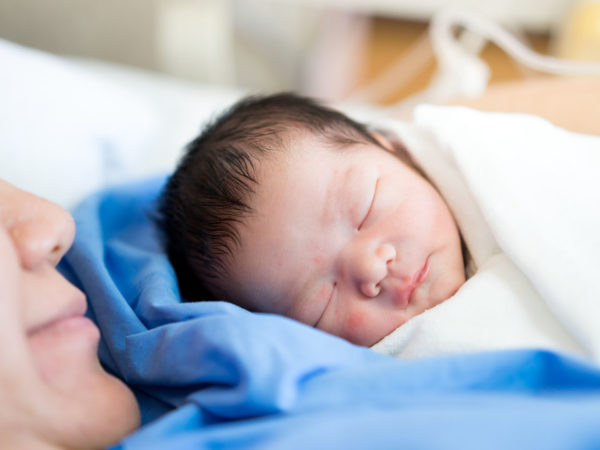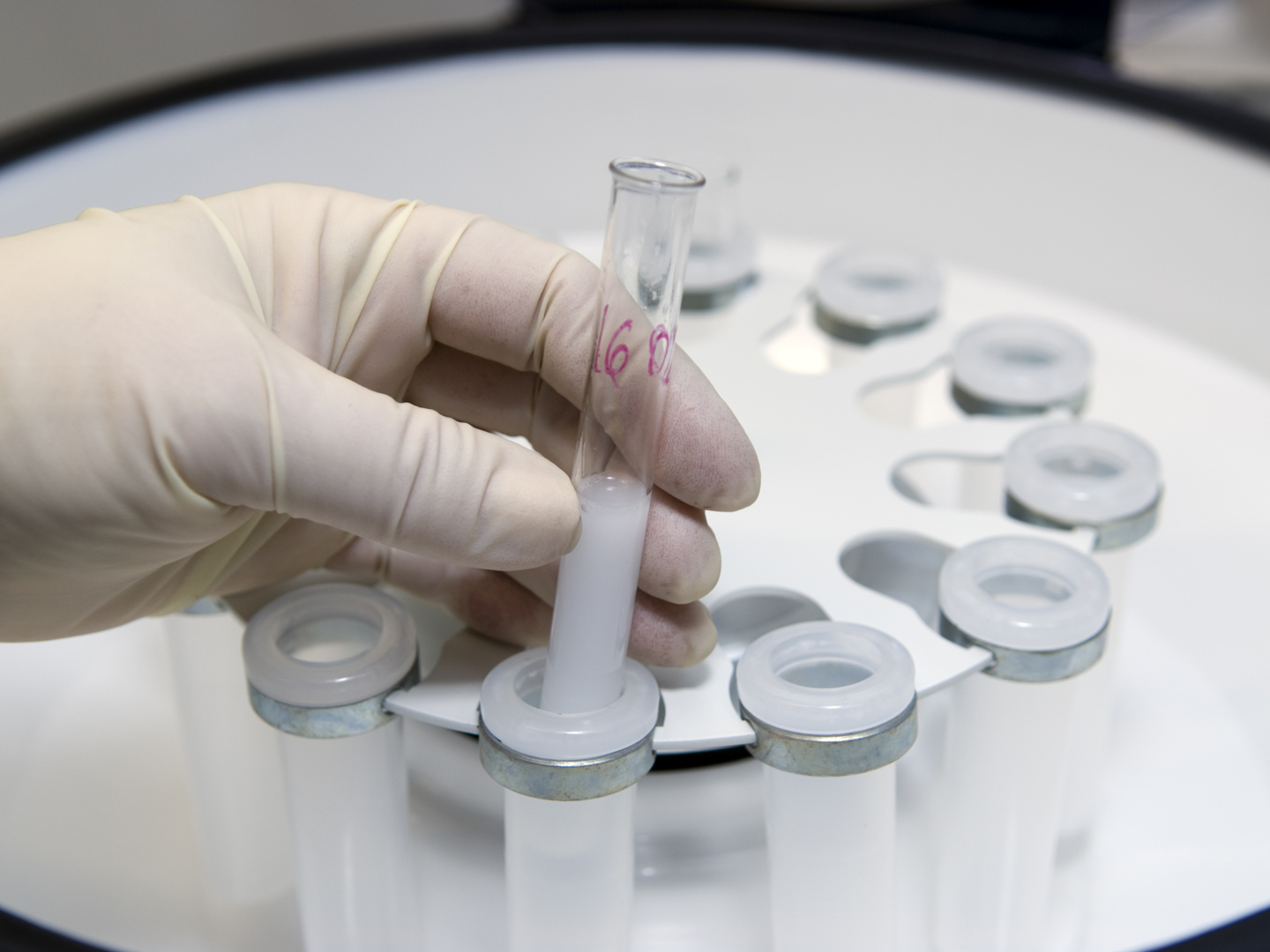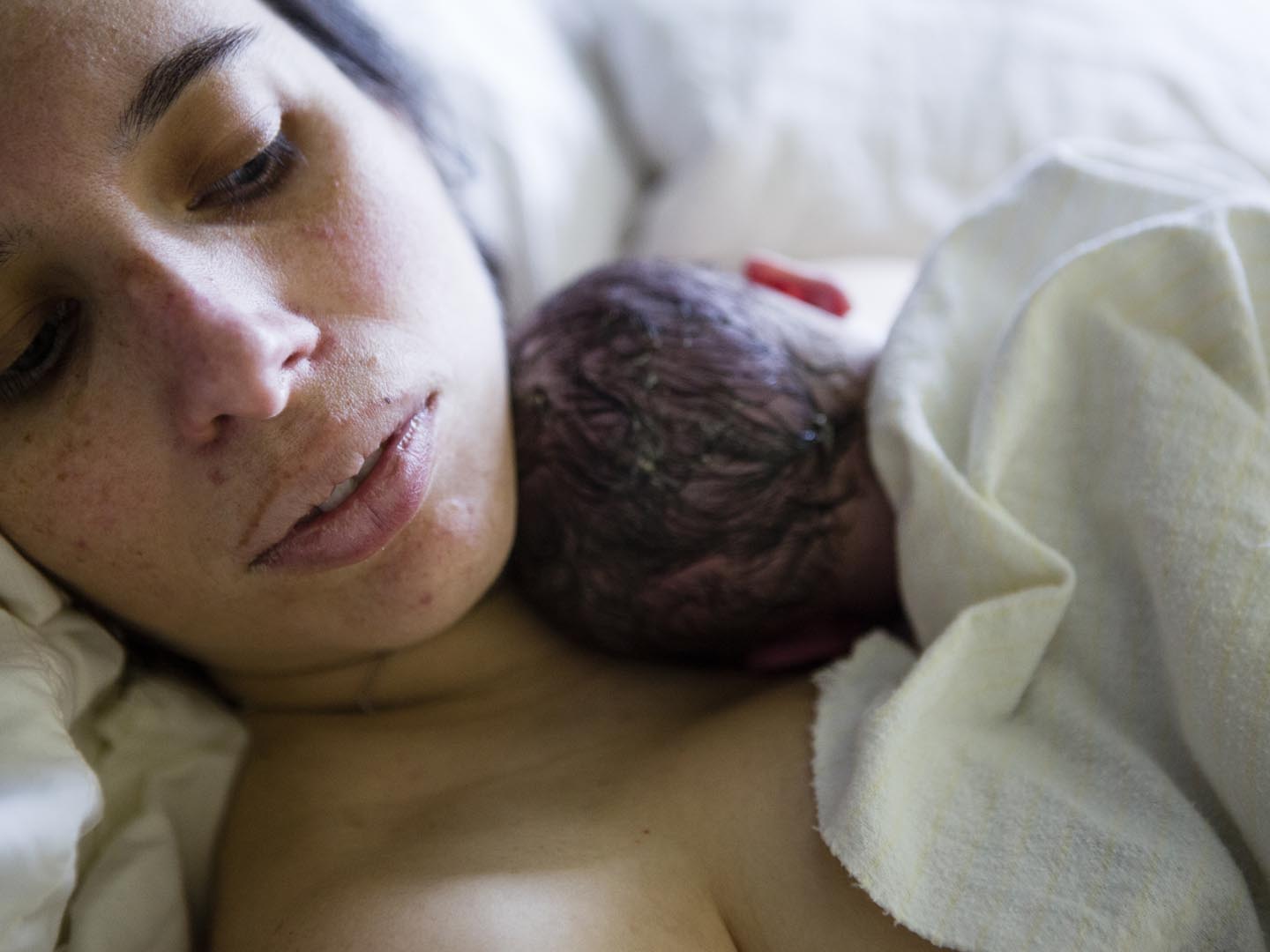Eating The Placenta?
Can you tell me if there are any health benefits from eating the placenta? This seems really far-fetched (and disgusting), but a friend tells me she plans to eat the placenta after her baby is born.
Andrew Weil, M.D. | September 13, 2017

Eating the placenta or afterbirth – a practice known as placentophagia – has become a growing trend. It’s hyped as a way to improve breast milk supply, increase energy, ward off fatigue and postpartum depression, replace nutrients lost during pregnancy, and even prevent aging.
But a new report from the U.S. Centers of Disease Control and Prevention (CDC) suggests that this practice can be dangerous for babies. The case that set off concern happened in Oregon, where a new mother sent her placenta to a company that dehydrated it, ground it up and put it in capsules. Three days after delivering, the woman began taking two capsules twice a day. Her baby developed breathing problems shortly afterward and again a few weeks later. The infant had one strep infection after another. Tests of the placenta capsules found they were the source of the bacteria that made the baby sick.
In its report, the CDC makes the point that “no standards exist for processing placenta for consumption.” So if your friend chooses to eat processed placenta, she may have no way of knowing if the appropriate steps have been taken to prevent contamination.
Since I last addressed this subject in 2012, a scientific review published in 2016 found no strong evidence to support claims that placenta eating boosts new mothers’ mood and energy or enhances lactation. It also identified risks, including blood clots from placental hormones and accumulated environmental toxins.
It is true that almost all non-human mammals eat the placenta and amniotic fluid, but regardless of culture, humans don’t, according to Mark Kristal, Ph.D., professor of psychology and neuroscience at the University of Buffalo, who has been studying placentophagia for more than 20 years. Kristal reports that in non-human mammals, eating the placenta is believed to stimulate an increase in mother-infant interaction, boost the effect of pregnancy-mediated pain killers, and activate circuits in the brain that set in motion caretaking behavior. It also gets rid of tissue that might attract predators to the birth site.
Kristal has suggested that eating the placenta might provide human mothers with substances that could help them avoid postpartum depression, assist them in bonding with their babies or prevent maternal hostility toward the infant. But there’s no proof that these substances exist or would work as Dr. Kristal suggests, and no study has tested his suggestion.
In a 2012 New York Times blog, author Nancy Redd wrote that taking encapsulated placenta turned out to be “a terrible idea” for her. Shortly after swallowing the first two pills, she reported feeling “jittery and weird.” After taking eight placenta pills, she said she was in “tabloid-worthy meltdown mode, a frightening phase filled with tears and rage” that lasted a few days. When she stopped taking the pills, she immediately felt better.
Of course, her experience proves no more about placenta eating than the testimonials of women who say that doing so had positive effects.
Andrew Weil, M.D.
Sources:
Emily Hart Hayes, “Consumption of the Placenta in the Postpartum Period.” Journal of Obstetric, Gynecologic & NeoNatal Nursing.” January-February 2016, DOI: dx.doi.org/10.1016/j.jogn.2015.10.008
Genevieve L. Buser et al, “Notes from the Field: Late-Onset Infant Group B Streptococcus Infection Associated with Maternal Consumption of Capsules Containing Dehydrated Placenta – Oregon, 2016 CDC Morbidity and Mortality Report, June 30, 2017 cdc.gov/mmwr/volumes/66/wr/mm6625a4.htm?s_cid=mm6625a4_e#contribAff











